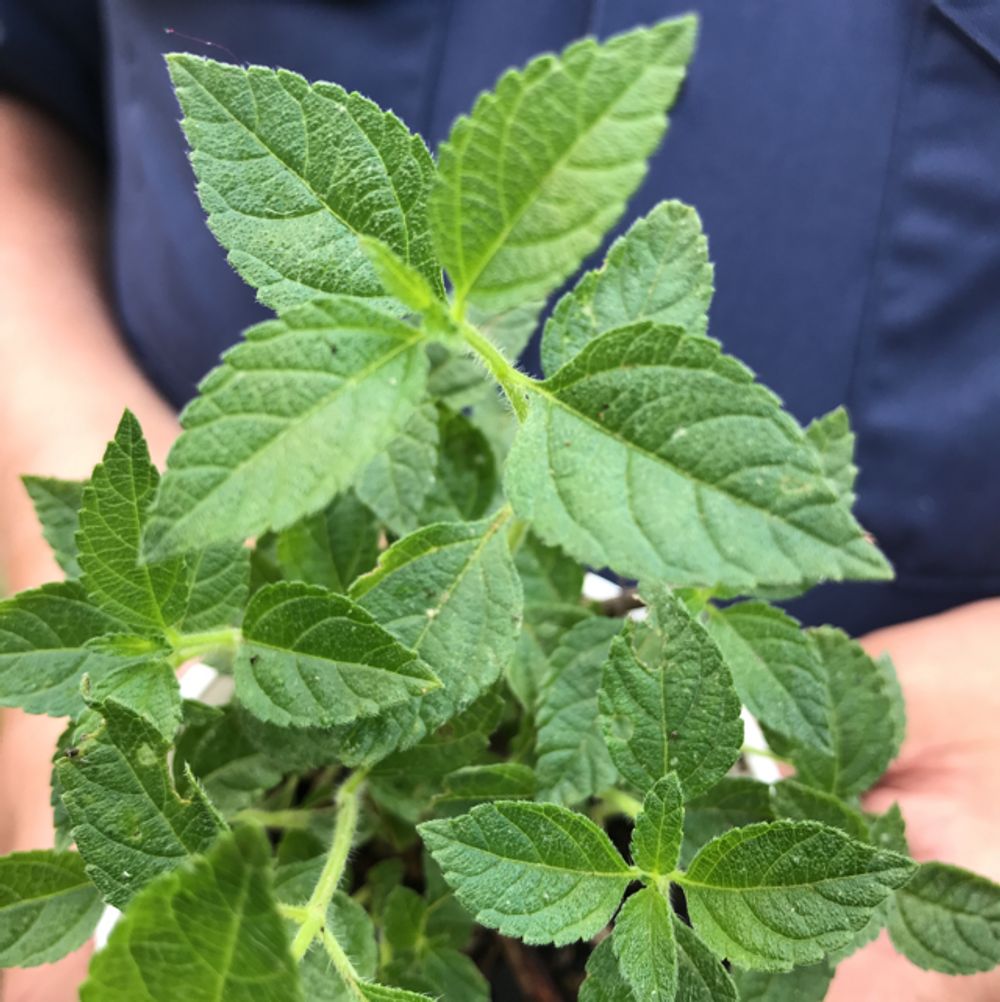Lantanas
(Lantana)

Description
“Pet poisonous” – Toxic parts: foliage Lantana is a genus of flowering plants belonging to the family Verbenaceae. The genus comprises approximately 150 species, many of which are native to tropical regions of the Americas and Africa. Lantanas are popular ornamental plants due to their attractive and vibrant flowers, which bloom in clusters and come in a range of colors, including pink, orange, red, and yellow. In this article, we will delve into the different aspects of the Lantana genus, including its taxonomy, morphology, ecology, and cultivation. Taxonomy: The genus Lantana was first described by the Swedish botanist Carl Linnaeus in 1753. The name Lantana is derived from the Latin word "lentus," meaning flexible, which refers to the plant's pliant branches. Lantanas are members of the family Verbenaceae, which comprises approximately 35 genera and over 1,000 species of flowering plants. Within the family Verbenaceae, Lantana is classified in the subfamily Verbenoideae, which includes other genera such as Verbena, Glandularia, and Stachytarpheta. Morphology: Lantanas are evergreen shrubs or herbaceous perennials that typically grow up to 6 feet tall and wide. The leaves of Lantana are arranged oppositely along the stems and are typically ovate to lanceolate in shape, with serrated margins. The flowers of Lantana are small and tubular, clustered in dense heads that are typically 2-3 inches in diameter. The flower heads are composed of multiple flowers, with each flower having five petals that are fused at the base. The color of the flowers varies depending on the species and cultivar, with shades ranging from white to yellow, orange, pink, red, and purple. Lantana flowers are also known for their distinct aroma, which is often described as musky or fruity. Ecology: Lantanas are native to tropical regions of the Americas and Africa and are adapted to a range of ecological conditions. They are typically found in open, sunny areas such as savannas, grasslands, and disturbed sites. Lantanas are known for their ability to thrive in poor soils, which makes them useful in soil conservation and erosion control efforts. The flowers of Lantana are highly attractive to a range of pollinators, including bees, butterflies, and hummingbirds, making them an important source of nectar and pollen. However, some Lantana species, particularly those introduced to non-native regions, can become invasive and outcompete native plant species. Cultivation: Lantanas are popular ornamental plants due to their attractive flowers, ease of cultivation, and ability to attract pollinators to the garden. Lantanas are typically propagated from cuttings, which are taken in the spring or summer and rooted in a well-draining potting mix. Once established, Lantanas require minimal maintenance and are relatively drought-tolerant, making them suitable for xeriscaping. Lantanas prefer full sun but can tolerate partial shade, although this may reduce flower production. Lantanas are also relatively frost-tolerant and can be grown in USDA hardiness zones 8-11. However, some Lantana species are sensitive to cold temperatures and may require protection in colder climates. Uses: Lantanas have a range of uses, including ornamental, medicinal, and culinary. Here are some of the common uses of lantanas: Ornamental: Lantanas are popular ornamental plants due to their attractive flowers, ease of cultivation, and ability to attract pollinators to the garden. Lantanas are used in landscaping as bedding plants, borders, hedges, and ground covers. They are also grown in pots and hanging baskets, making them suitable for balconies, patios, and indoor gardens. Medicinal: Lantanas have been used in traditional medicine to treat a range of ailments, including respiratory and digestive disorders. The leaves, stems, and flowers of Lantana camara have been used in Ayurvedic medicine to treat fever, cough, and skin diseases. The plant contains several bioactive compounds, including triterpenoids, flavonoids, and essential oils, which have been shown to have antimicrobial, antioxidant, and anti-inflammatory properties. Culinary: Lantana flowers are edible and have been used in culinary applications in some parts of the world. In Mexico, the flowers are used to make a sweet and refreshing drink called "agua de lantana." The flowers can also be used to decorate salads, desserts, and cocktails. Pollinator-friendly: Lantana flowers are highly attractive to a range of pollinators, including bees, butterflies, and hummingbirds, making them an important source of nectar and pollen. Planting Lantanas in the garden can help attract pollinators and support biodiversity. Soil conservation: Lantanas are known for their ability to thrive in poor soils, which makes them useful in soil conservation and erosion control efforts. The plants can help stabilize soil and prevent erosion, making them useful in restoration projects and landscaping in areas prone to soil erosion. It is important to note that while Lantanas have several uses, some species contain toxic compounds that can be harmful to humans and animals if ingested. It is recommended to handle Lantanas with care and to avoid planting invasive species in non-native regions.
Taxonomic tree:







